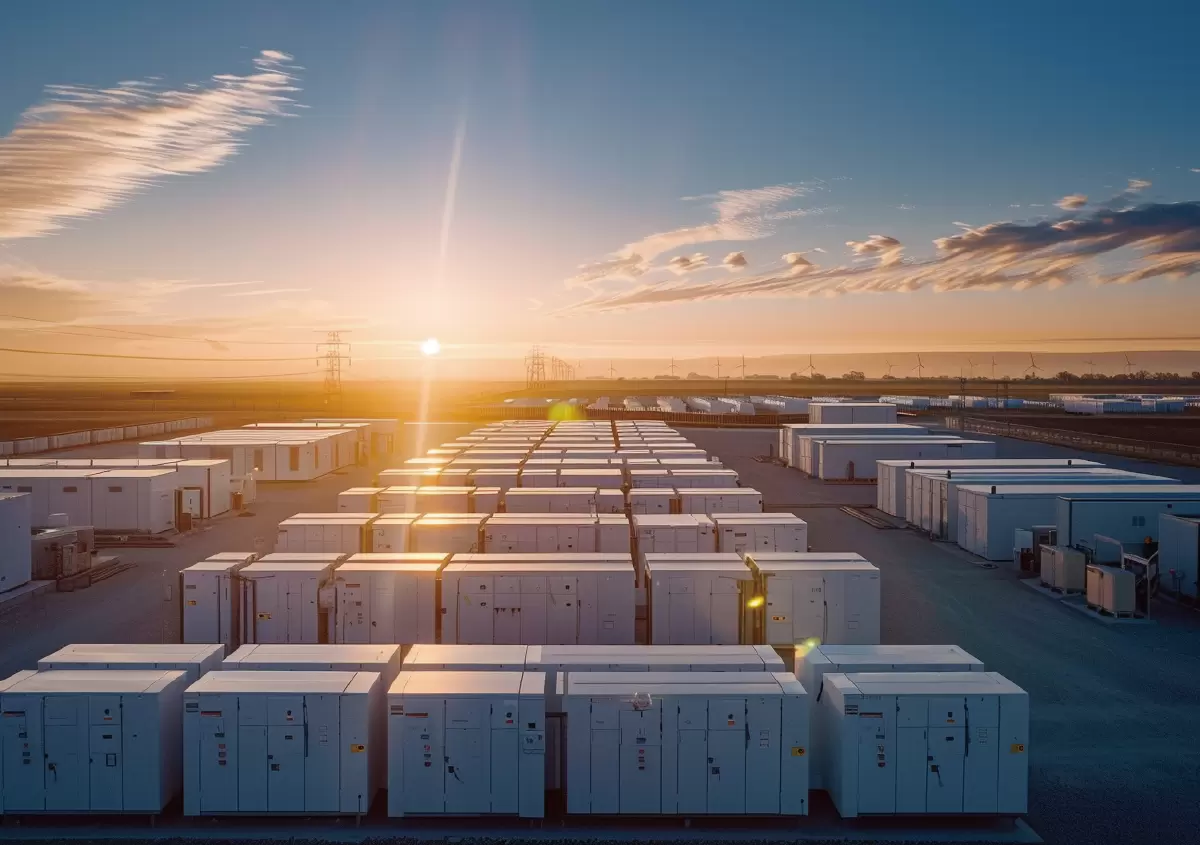In the rapidly evolving landscape of energy management, Commercial and Industrial (C&I) energy storage systems have emerged as pivotal players in reducing operational costs and enhancing overall efficiency. As businesses strive to adapt to the challenges posed by climate change, volatile energy prices, and increasing demand for sustainable practices, innovative storage solutions are becoming indispensable.

Core Mechanisms of C&I Energy Storage Systems
1. Energy Storage Technologies
At the heart of C&I energy storage lie advanced technologies such as lithium-ion batteries, flow batteries, and compressed air energy storage. Each technology offers unique advantages tailored to specific use cases. Lithium-ion batteries, for instance, are renowned for their high energy density and rapid charge/discharge cycles, making them ideal for demand response and peak shaving applications. Flow batteries, on the other hand, provide long duration storage capabilities, essential for load shifting and renewable integration.
2. Smart Integration and Controls
The integration of Internet of Things (IoT) devices, AI algorithms, and advanced analytics enables these systems to operate autonomously, optimizing energy usage in real-time. Predictive analytics can forecast energy demands, allowing systems to charge or discharge based on anticipated loads and grid conditions, thereby maximizing cost savings and efficiency.
Benefits of Implementing C&I Energy Storage
1. Cost Reduction
One of the most compelling benefits is the substantial reduction in energy costs. By storing excess energy generated during off-peak hours or from renewable sources, businesses can avoid high demand charges and reduce reliance on grid electricity during peak times. Additionally, incentives and rebates from governments and utilities further sweeten the deal, making the initial investment more attractive.
2. Enhanced Grid Reliability and Resilience
C&I energy storage systems contribute to grid stability by providing backup power during outages, mitigating the impact of extreme weather events, and supporting grid services such as frequency regulation and voltage support. This enhances operational continuity, protecting critical processes and minimizing downtime.
3. Sustainability and Green Credentials
As businesses increasingly prioritize sustainability, energy storage systems facilitate the integration of renewable energy sources like solar and wind. By storing excess renewable generation, these systems help reduce carbon footprints and contribute to broader decarbonization efforts. This alignment with environmental goals can also bolster corporate reputation and attract eco-conscious consumers.
Real-World Applications and Case Studies
1. Manufacturing Facilities
A leading automotive manufacturing plant integrated a large-scale energy storage system to manage its significant energy demands. The system not only reduced peak demand charges by 30% but also provided backup power during grid outages, ensuring uninterrupted production lines.
2. Data Centers
Data centers, known for their relentless energy consumption, have benefited immensely from energy storage. By deploying battery systems, one major data center operator achieved a 25% reduction in energy costs and gained the ability to island itself from the grid during outages, preserving critical data and operations.
3. Retail and Commercial Buildings
Retail chains and commercial buildings have utilized energy storage for demand response programs, earning revenue by reducing energy consumption during grid peak events. Additionally, these systems have improved tenant comfort by providing stable power during brownouts and blackouts.
Future Outlook and Innovations
The future of C&I energy storage is bright, with ongoing advancements in battery chemistry, energy density, and system integration promising even greater efficiencies and cost reductions. The integration of Vehicle-to-Grid (V2G) technology, which allows electric vehicles to act as mobile storage units, presents new opportunities for energy management and grid support. Furthermore, the development of hybrid systems combining multiple storage technologies will enable even more flexible and resilient energy solutions.
In conclusion, SLENERGY innovative C&I energy storage systems are transformative tools that not only reduce costs and enhance efficiency but also contribute to a more sustainable and resilient energy future. As technology continues to evolve and adoption accelerates, businesses across all sectors stand to reap significant benefits, positioning themselves at the forefront of the energy transition. Embracing these advancements is not just a strategic move; it’s a necessary step towards a brighter, cleaner energy landscape.
